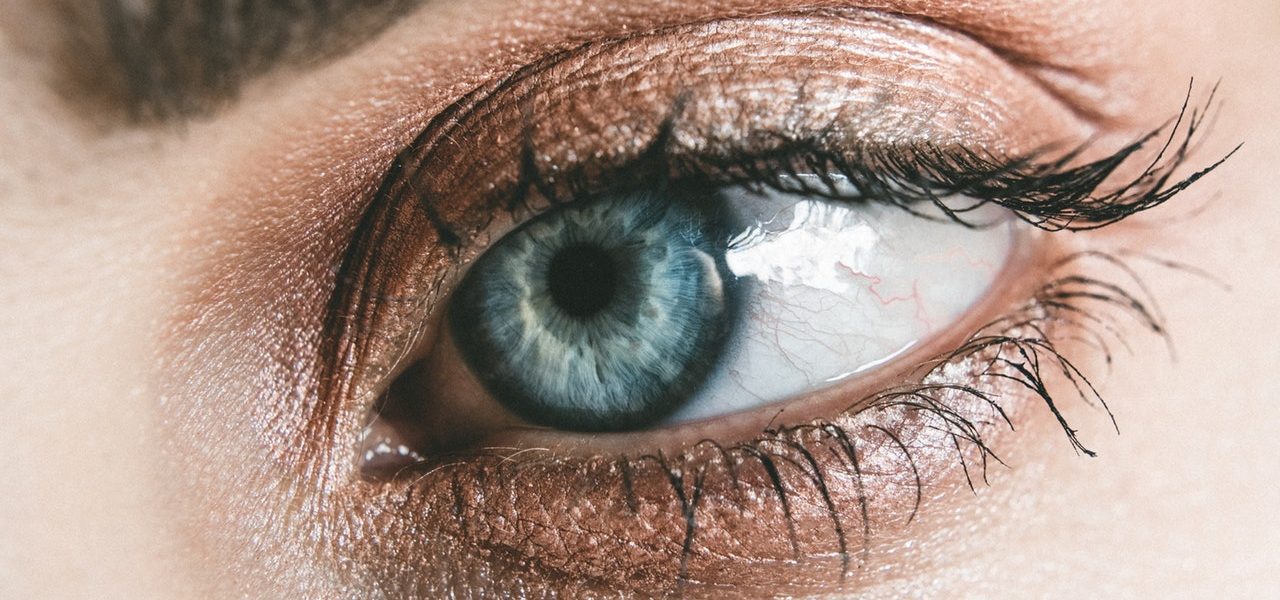Ptosis
Ptosis is the medical term for drooping of the upper eyelid. This can be as a result of aging, a congenital defect, muscle deformity or neurological disorder.
This condition can be inherited, present at birth or occur later in life. Ptosis can affect one or both eyelids. The eyelid may droop slightly, or it may cover the entire pupil. If not addressed, severe ptosis can restrict or even block your vision as the eyelid gradually droops lower and lower, eventually covering the eye.
Ptosis can occur in patients of all ages, but is most common in older patients, continuing to worsen with age. In addition to drooping of the eyelids, patients may also experience difficulty closing the eye or blinking, tearing, eye fatigue or double vision. When a child is born with Ptosis, it is called Congenital Ptosis.
What Causes Ptosis?
A number of factors that affect the muscles, nerves or skin of the eyelids can cause ptosis. The muscles that allow your eyelids to move up and down are called the levator muscles. As we age, this tendon can stretch and cause the eyelid to fall.
Some people may be born with eye muscles that are weaker than normal, causing them to develop ptosis at a young age.
Nerve damage can contribute to ptosis as well. A common cause of ptosis is Horner’s syndrome. Horner’s syndrome is a form of nerve damage that occurs in the face and eyes. It’s usually the result of an underlying condition. Stroke and other brain injuries, spinal cord injuries and some forms of lung cancer can cause Horner’s syndrome and ptosis.
Some chronic conditions, including diabetes, may also increase your risk of ptosis.
Cluster headaches can also cause ptosis in some people. Cluster headaches are severe headaches that strike frequently during cluster periods and then go into remission.
Treatment Options for Ptosis
Treatment for ptosis varies. If your ptosis is a result of an existing medical condition, addressing the underlying cause may resolve it without further treatment.
Ptosis can be corrected surgically and usually involves tightening the levator muscle to elevate the eyelid. In severe ptosis, when the levator muscle is extremely weak, a sling operation may be performed, enabling the forehead muscles to elevate the eyelid(s). Other types of repair may include surgery on the muscle on the inside of the lid in cases of small amounts of ptosis. The goal is to elevate the eyelid to permit a full field of vision and to achieve symmetry with the opposite upper eyelid.
If you are interested in ptosis treatment, we encourage you to schedule a consultation with Kevin Perman, MD. During a consultation in Fairfax, Dr. Perman will listen to your concerns, determine whether you are a suitable candidate, and discuss your options.

